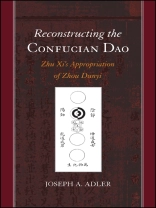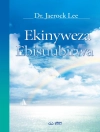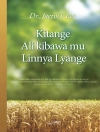Discusses how Zhou Dunyi’s thought became a cornerstone of neo-Confucianism.
Zhu Xi, the twelfth-century architect of the neo-Confucian canon, declared Zhou Dunyi to be the first true sage since Mencius. This was controversial, as many of Zhu Xi’s contemporaries were critical of Zhou Dunyi’s Daoist leanings, and other figures had clearly been more significant to the Song dynasty Confucian resurgence. Why was Zhou Dunyi accorded such importance? Joseph A. Adler finds that the earlier thinker provided an underpinning for Zhu Xi’s religious practice. Zhou Dunyi’s theory of the interpenetration of activity and stillness allowed Zhu Xi to proclaim that his own theory of mental and spiritual cultivation mirrored the fundamental principle immanent in the natural world. This book revives Zhu Xi as a religious thinker, challenging longstanding characterizations of him. Readers will appreciate the inclusion of complete translations of Zhou Dunyi’s major texts, Zhu Xi’s published commentaries, and other primary source material.
Tabla de materias
Acknowledgments
Part I
Introduction
1. Zhu Xi, Zhou Dunyi, and the Confucian dao
2. Zhou Dunyi’s Role in the daotong
3. The Interpenetration of Activity and Stillness
4. Taiji as ‘Supreme Polarity’
Conclusions
Part II: Translations of Zhou Dunyi ’ s Major Works and Zhu Xi ’ s Commentaries, with Further Discussions by Zhu Xi and His Students
Introduction
5. The Supreme Polarity Diagram (Taijitu 太極圖)
6. Discussion of the Supreme Polarity Diagram (Taijitu sho 太極圖說)
7. Penetrating the Scripture of Change (Tongshu 通書)
8. Zhu Xi’s Postfaces and Notes
Bibliography
Index
Sobre el autor
Joseph A. Adler is Professor of Asian Studies and Religious Studies at Kenyon College. He is the author of Chinese Religious Traditions.







![Portada de Brian Schrag & Julisa Rowe: Community Arts for God's Purposes [Chinese] 貼近神心意的社群藝術 Portada de Brian Schrag & Julisa Rowe: Community Arts for God's Purposes [Chinese] 貼近神心意的社群藝術](https://static.worldofdigitals.com/thumb_webp/740/9781645083740.webp)




